Chamomile Natural Dye
Chamomile Natural Dye contains the dried flower heads of Matricaria recutita, commonly known as German Chamomile. This member of the daisy family grows across Europe and parts of Asia and has long been used in both herbal medicine and traditional dyeing.
The flowers produce delicate soft yellows on wool and silk and are often used to brighten and soften shades in compound dye recipes. Our chamomile flowers are carefully dried and selected for high dye content. Use 50–100% weight-of-fiber (WOF) for shades ranging from pale straw to a sunny golden hue.
Chamomile works best on protein fibers; it may give uneven or muted results on cotton or linen without tannin pre-treatment.
Background on Chamomile Natural Dye
Chamomile (Matricaria recutita or Chamomilla recutita) is a gentle but surprisingly effective yellow dye plant. Native to Europe and temperate Asia, it now grows around the world and is best known as a calming herbal tea.
However, dyers have also valued chamomile for centuries, especially for the subtle straw yellows it imparts to wool and silk. Unlike more intense yellow dyes like weld or fustic, chamomile offers a softer, often warmer hue—ideal for pastel palettes or blending with other dyes.
In older dye manuals, chamomile frequently appears under names like “Mayweed” or “Wild Chamomile.” Its use was especially common in household dyeing, where it provided a readily available, non-toxic option for dyeing small batches of wool yarn. Today, it remains popular among natural dyers who seek soft tones and gentle, plant-based colorants.
Chamomile contains flavonoid compounds like apigenin and luteolin, which bind well to protein fibers and develop best with an alum mordant. Although not as lightfast as some of the stronger yellows, chamomile’s beauty and ease of use continue to make it a favorite in natural dye workshops and home studios.
Safety Precautions for Chamomile Natural Dye
- DO NOT INGEST: While chamomile is edible as tea, this product is prepared for textile dyeing and is not food-safe.
- Avoid eye contact. If contact occurs, rinse thoroughly with cool water.
- Do not use as a cosmetic additive. Avoid applying directly to skin or hair in dye form.
- Work in a well-ventilated area when handling large amounts of dried flowers or powders. Wear a dust mask if necessary.
- Use dedicated dye equipment. Never use dye pots or utensils for food after dyeing.
- Keep out of reach of children and pets. Use only with adult supervision.
- Prop 65 Warning: This product may contain trace amounts of plant dust, which is classified in California as a potential carcinogen.
- We are not responsible for misuse of this product or unintended staining. Use only as directed.
Recommended Supplies for Chamomile Natural Dye
- Dye pot: Large enough to hold all fiber with room to stir freely.
- Metal tongs: For safely moving hot fiber in and out of the pot.
- Rubber gloves: To protect hands from dye contact before final rinse.
- Candy thermometer: To monitor temperature—essential for best results.
- Scale: To weigh fiber and dyestuff accurately.
- Alum mordant: Use aluminum potassium sulfate for bright yellow tones.
- Cream of tartar (optional): Helps soften the fiber and brighten the yellow.
- Fine mesh strainer or muslin bag: To keep the flower solids out of the bath and off your fabric.
Mordanting
Chamomile gives best results on protein fibers like wool and silk. Cotton and linen will not absorb the dye well without a proper tannin and alum mordanting process, so we recommend it mainly for wool and silk.
For Protein Fibers (wool, silk, alpaca, etc.):
- Weigh your fiber dry, then scour thoroughly.
- Scour with pH-neutral detergent (e.g., Orvus Paste or Synthrapol):
- Add ½ tsp of detergent per pound of fiber to warm water.
- Heat to 180°F for wool or 160°F for silk.
- Maintain for 1 hour, stirring occasionally.
- Rinse in water of similar temperature and cool gently to avoid shocking the fiber.
Mordanting:
Chamomile responds well to alum mordanting.
- Use 10% alum and 5–10% cream of tartar WOF.
- Dissolve in hot water and stir thoroughly.
- Add your scoured, wetted fiber to the mordant bath.
- Heat to 180–190°F and maintain for 1 hour, stirring occasionally.
- Let cool in the bath overnight if possible.
- Rinse before dyeing.
Building the Dye Bath
- Weigh the Chamomile
Use 50–100% WOF depending on the desired intensity. - Soak the Flowers (optional)
Soak dried chamomile flowers in lukewarm water for 1–2 hours to soften. - Simmer to Extract Color
Place soaked flowers (and their soaking water) into the dye pot.
- Fill about halfway with water.
- Bring to a gentle simmer—not a boil.
- Simmer for 30–45 minutes. Chamomile releases color quickly.
- Strain the Dye Bath
Use a muslin bag, cheesecloth, or fine mesh strainer to remove solids. - Return the liquid to the pot
This golden-yellow liquid is your dye bath. You’re ready to dye!
Recipe: Straw to Golden Yellow
This chamomile recipe yields a soft, clear yellow—ideal for baby knits, delicate scarves, and base layers for overdyeing.
- Build the dye bath
Use 50–100% WOF dried chamomile flowers. Strain the dye bath after extraction. - Add mordanted fiber
Use fiber pre-mordanted with alum and cream of tartar. - Heat the bath
Gently raise the temperature to 180°F (wool) or 160°F (silk). Do not boil. - Hold the temperature
Maintain for 45–60 minutes, stirring occasionally for even color. - Cool and rinse
Let fiber cool in the bath for best absorption. Rinse in warm water, then wash with pH-neutral detergent. - Dry in the shade
Avoid direct sunlight while drying. Chamomile yellow is light-sensitive and benefits from slow, shaded drying to help set the tone.



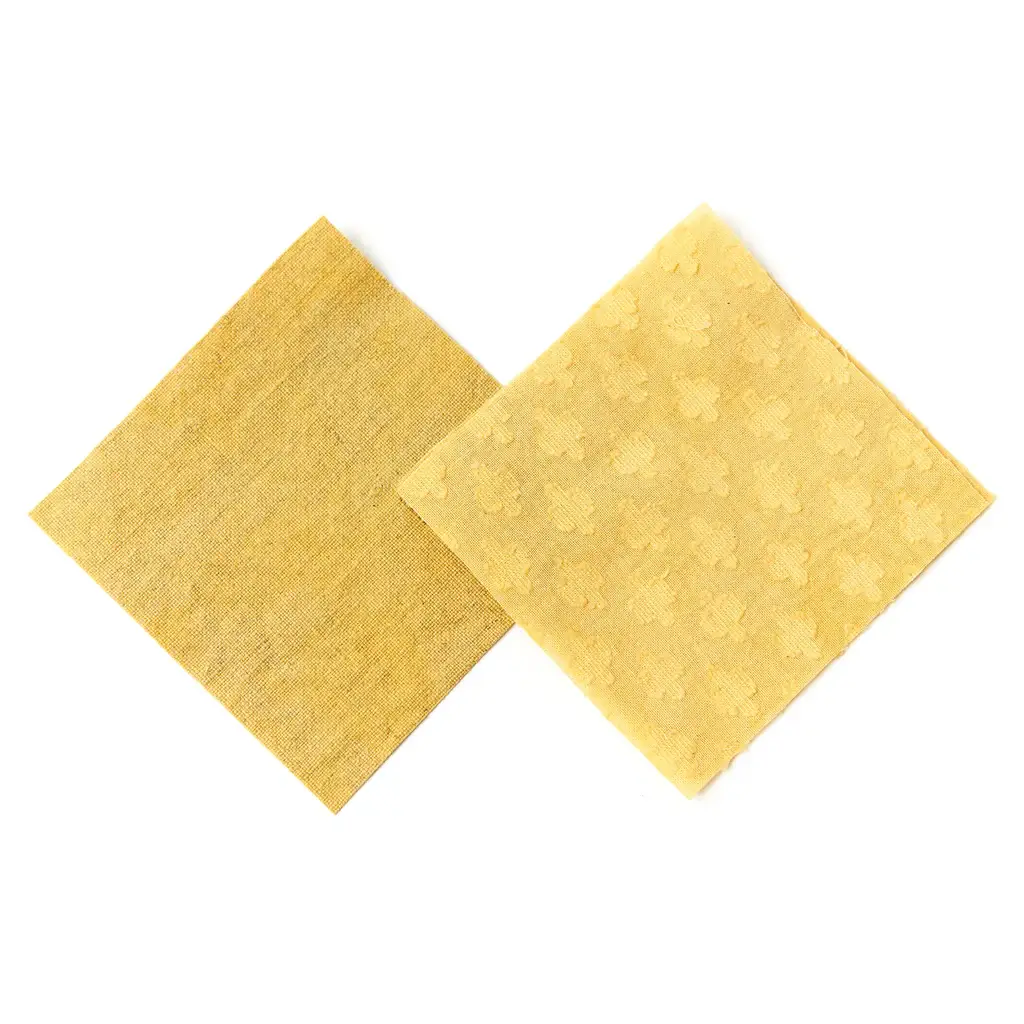

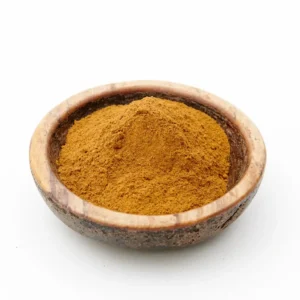
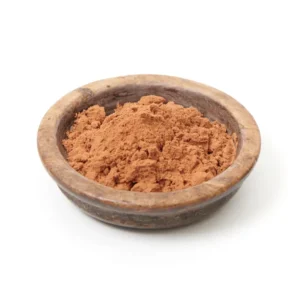
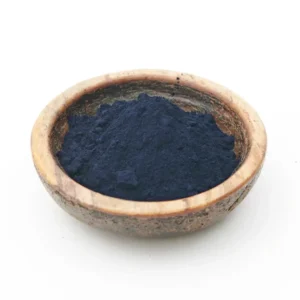
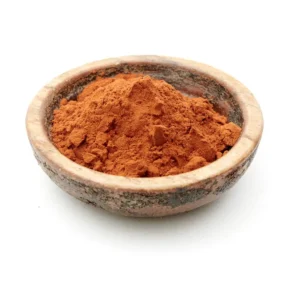
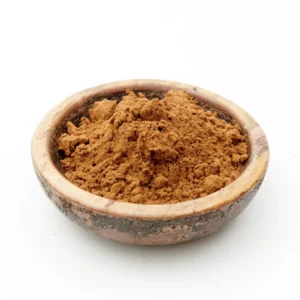
Reviews
There are no reviews yet.